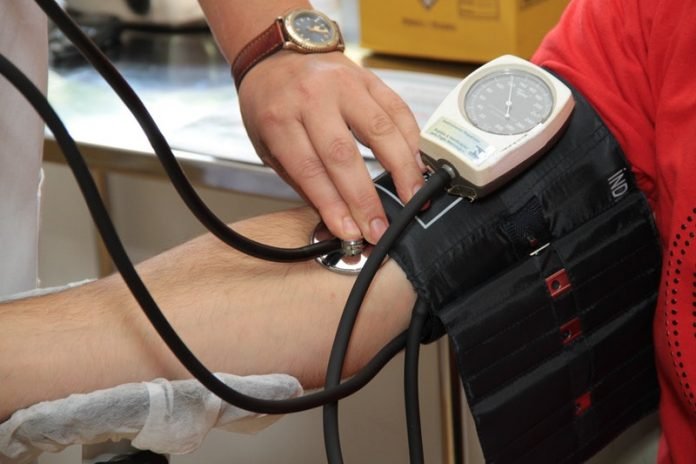
A recent study from the University of Connecticut shows that yoga practice that focuses on mental relaxation and breathing techniques could help people control blood pressure.
Slow exercise can provide a beneficial impact on high blood pressure as much as aerobic exercise.
The study is published in Mayo Clinic Proceedings. The lead author is Yin Wu, a postdoctoral fellow in the Department of Kinesiology.
The team ran a meta-regression analysis of 49 published yoga studies done between 1983 and 2018.
They found that yoga practice emphasizing mental relaxation and breathing techniques, along with physical movement, could reduce blood pressure the most.
In people with high blood pressure, a yoga practice that emphasized both mental relaxation and breathing techniques can result in blood pressure reductions as large as 11/6 mmHg.
This is equal to or exceeds the numbers reported for aerobic exercise training.
In yoga practices that did not emphasize breathing techniques and mental relaxation, blood pressure reductions were found to be 6/3 mmHg.
The results suggest that yoga can work as an alternative therapy to fight high blood pressure, particularly for people unable or unwilling to perform aerobic exercise.
But the team says that they are not telling people to use yoga to substitute for aerobic exercise.
Aerobic exercise is still the gold standard for lifestyle therapy in treating high blood pressure. Yoga can provide an additional option that can be just as effective.
In addition, the team says that future work needs to confirm the finding that yoga could help with blood pressure control.
It needs to directly compare blood pressure response to yoga and aerobic exercise.
If you care about blood pressure, please read studies about new suggestions for treating high blood pressure, and red onion skin could help reduce high blood pressure.
For more information about blood pressure, please see recent studies about how to live with high blood pressure, and results showing cannabis linked to blood pressure reduction in older people.



